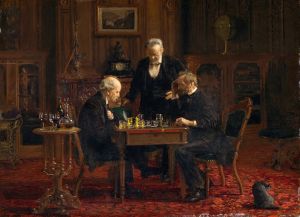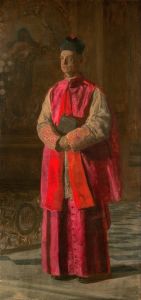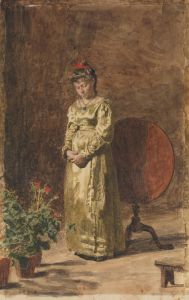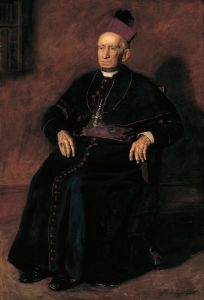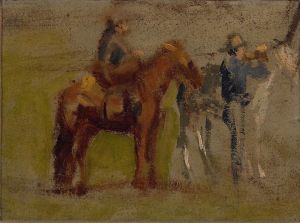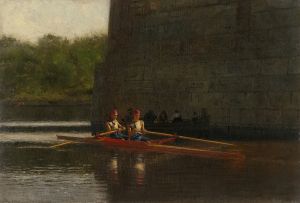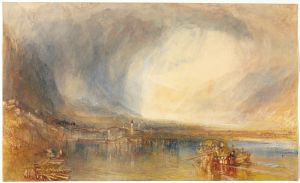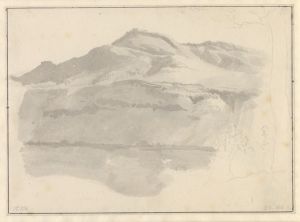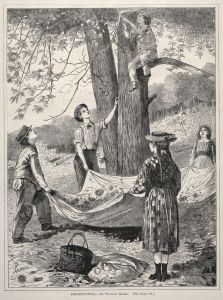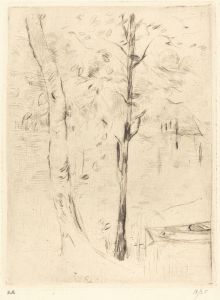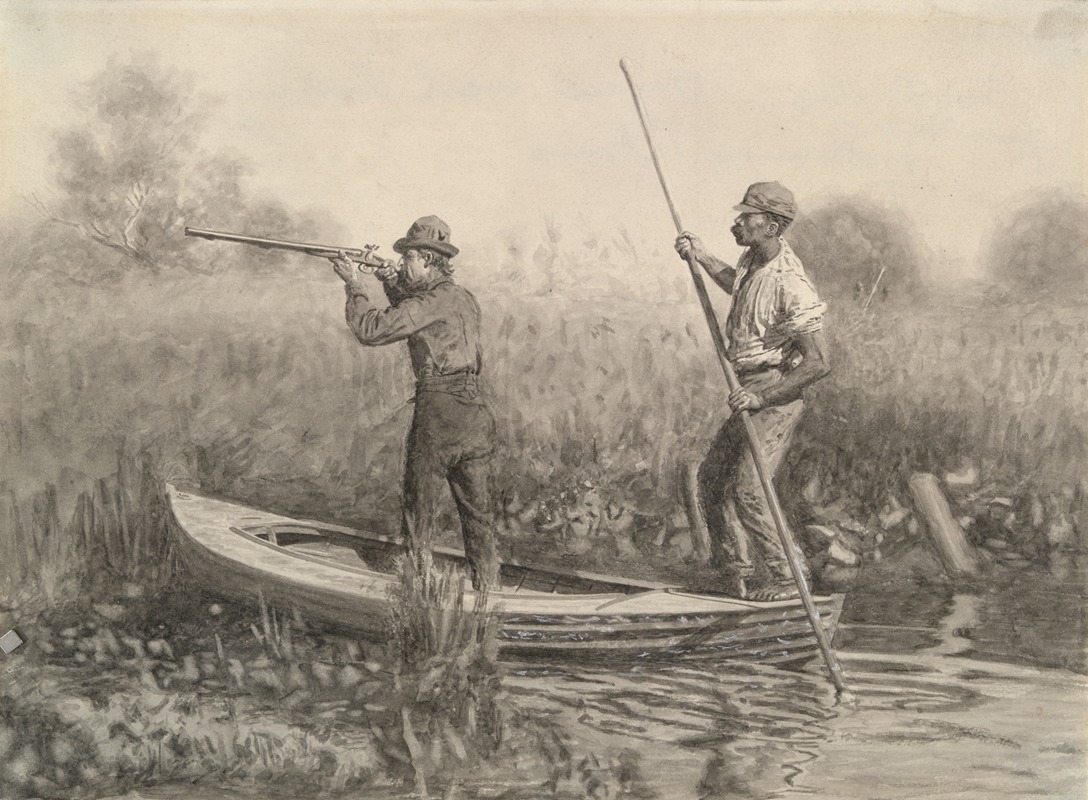
Study for Rail Shooting from a Punt
A hand-painted replica of Thomas Eakins’s masterpiece Study for Rail Shooting from a Punt, meticulously crafted by professional artists to capture the true essence of the original. Each piece is created with museum-quality canvas and rare mineral pigments, carefully painted by experienced artists with delicate brushstrokes and rich, layered colors to perfectly recreate the texture of the original artwork. Unlike machine-printed reproductions, this hand-painted version brings the painting to life, infused with the artist’s emotions and skill in every stroke. Whether for personal collection or home decoration, it instantly elevates the artistic atmosphere of any space.
"Study for Rail Shooting from a Punt" is a painting by the American artist Thomas Eakins, created in 1874. Eakins is renowned for his realistic portrayal of the human figure and his keen interest in the interplay between humans and their environments. This particular work is a study for a larger, more finished painting titled "Rail Shooting on the Delaware," which Eakins completed in the same year.
Thomas Eakins was born in Philadelphia in 1844 and spent much of his career exploring themes related to American life, often focusing on sports and outdoor activities. His work is characterized by a meticulous attention to detail and a commitment to depicting his subjects with authenticity and precision. Eakins was deeply influenced by his studies in Europe, particularly his time at the École des Beaux-Arts in Paris, where he was exposed to the works of artists like Jean-Léon Gérôme and Léon Bonnat.
"Study for Rail Shooting from a Punt" reflects Eakins' fascination with the sport of rail shooting, a popular pastime in the 19th century. Rail shooting involves hunting waterfowl from a flat-bottomed boat, known as a punt, which is maneuvered quietly through marshes and shallow waters. This activity was not only a leisure pursuit but also a means of subsistence for many people living near waterways.
The painting captures a moment of intense focus and anticipation. Eakins' composition typically includes hunters poised in a punt, their attention fixed on the surrounding environment, ready to take aim at their quarry. The study likely served as a preparatory work, allowing Eakins to experiment with the arrangement of figures, the play of light on water, and the overall mood of the scene.
Eakins' dedication to realism is evident in his careful rendering of the figures and their surroundings. He often used photography as a tool to study movement and anatomy, which informed his ability to depict the human form with accuracy. This commitment to realism was a defining feature of Eakins' work and contributed to his reputation as one of America's foremost realist painters.
The study, like many of Eakins' works, reflects his interest in the relationship between humans and nature. It captures a specific moment in time, offering a glimpse into the lives of individuals engaged in a traditional American sport. Through his art, Eakins sought to convey the beauty and complexity of everyday life, celebrating the skill and concentration required in activities such as rail shooting.
"Study for Rail Shooting from a Punt" is an example of Eakins' ability to blend technical skill with a deep understanding of his subjects. His work continues to be celebrated for its contribution to American art, offering insights into the cultural and social dynamics of the 19th century. Eakins' legacy endures through his paintings, which remain significant for their artistic merit and historical value.






